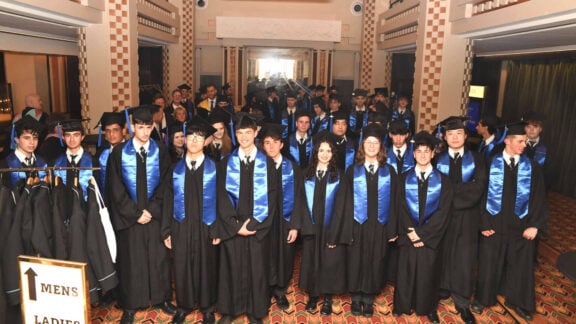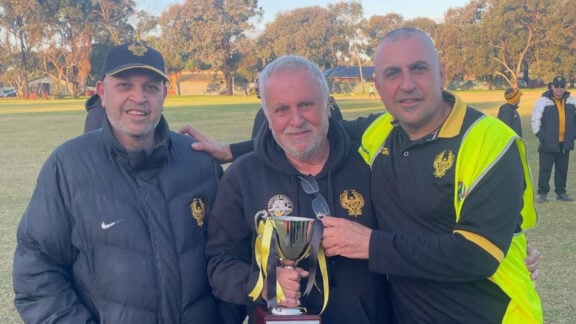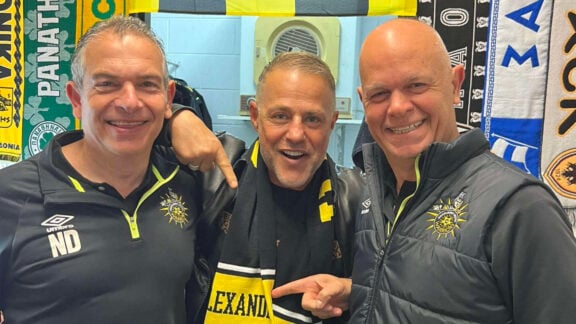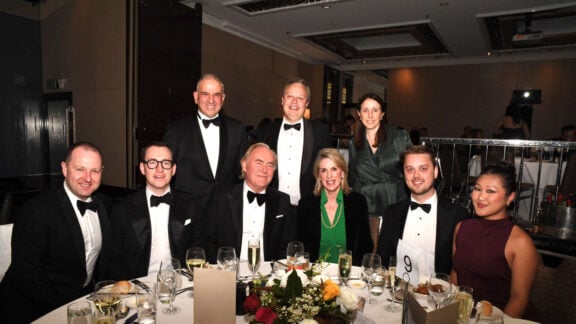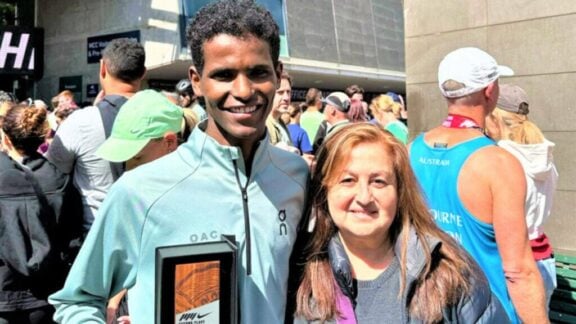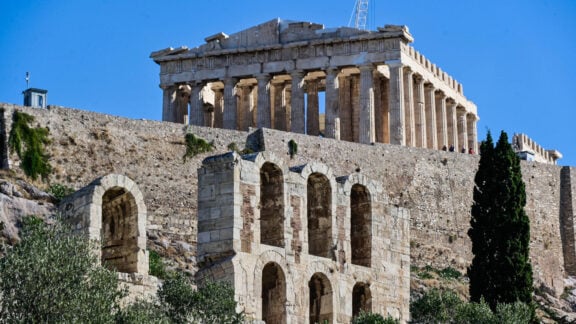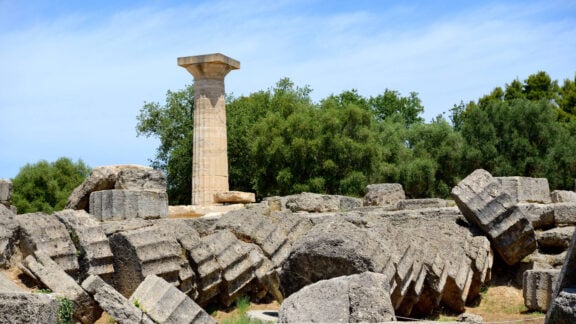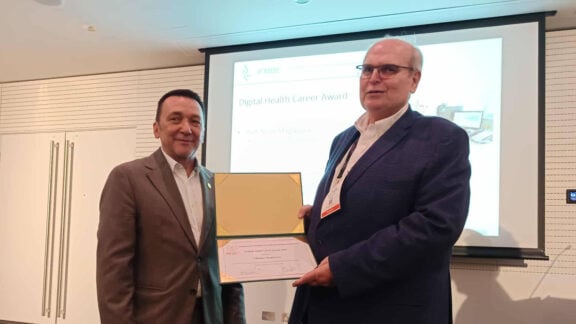Attention is increasingly being drawn toward the ages of the players on the park, the Socceroos. There’s a distinct possibility that the youngest player in green and gold against Oman and Japan will be 28. There’s also the likelihood that the player with the least international experience will be a 33 year old with 13 caps. The big question being asked is where are all the young players?
Some believe we’ve stopped producing talent; that the old factories of South Melbourne and the Knights, Sydney Olympic and United, have ceased to work their magic. It’s said that the AIS and state programs are too stuck in their old ways and that the new national curriculum with its heavy Dutch influence has taken too long to establish.
Others believe that the best players no longer develop at home; that since the late 90s the best have gone overseas earlier and more often, and because they are overseas we don’t get to see them until it’s too late. Out of sight, out of mind.
The reality is that we over-achieved from 1998 to 2010, spectacularly in 2006, with our Golden Generation. The third most popular code in a country of 20 million managed to produce a disproportionate number of top quality players (literally too many to list here).
Ironically the problem is that since qualification for Germany 2006 an expectation has grown in the Australian public that we should qualify every time. In order to avoid being tagged as losers, and since qualification for Asian and World Cup finals, ‘now’ is the be-all and end-all, our coaches have been unable (or unwilling) to risk the wrath of the public by taking a chance on younger players, and as a result the average age of the side has crept up. Attempting to live up to our over-achievements of 2006 has ultimately held the squad back over the last few years.
We need to take a step back and realise that automatic qualification isn’t a right, to understand how enormous the achievements of the Golden Generation were, to put things into perspective. Then bring in the youngsters and understand that they might not qualify with ease, but they will set us up for the future.
The good news is that with the 2015 Asian Cup being in Australia – the real bonus isn’t that we get to welcome Asia to our shores… It is that we don’t have to qualify, so we can spend two years bringing the next generation through and building a new team. The individuals might not be as good, but the team could be greater than the sum of its parts, if we can get it right.
Advertisement
The Overachievers
In this week’s Three Sides to Every Story, J Spiropoulos takes a closer look at the Socceroos

